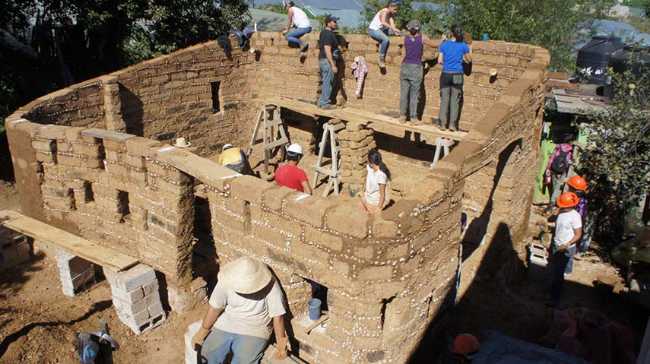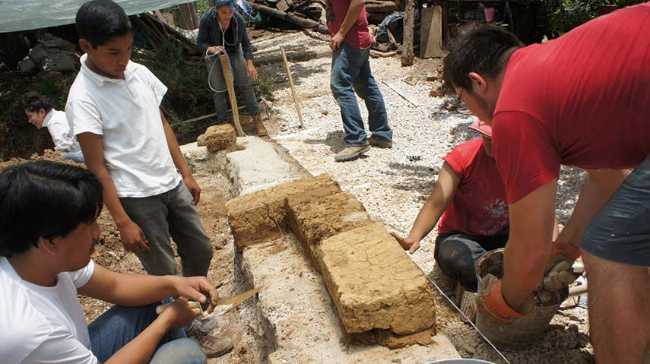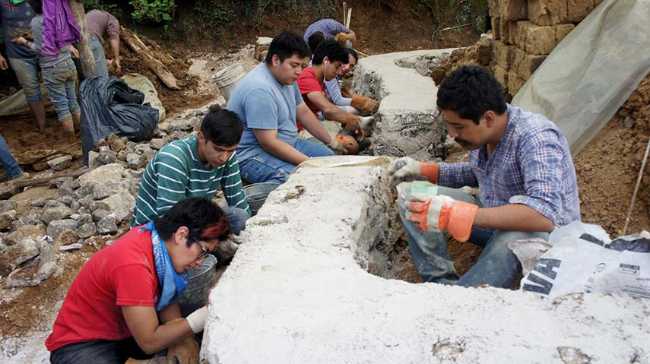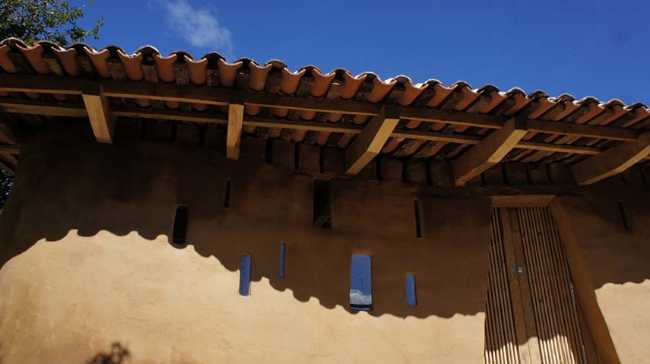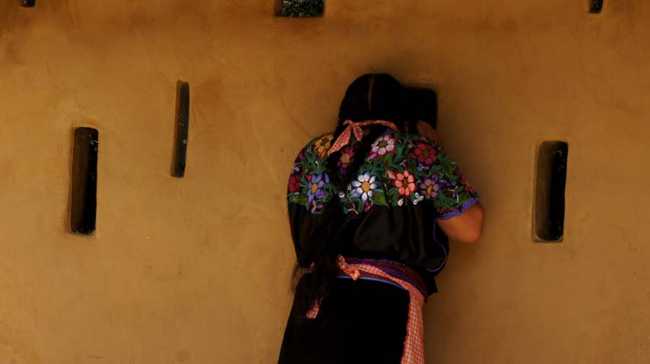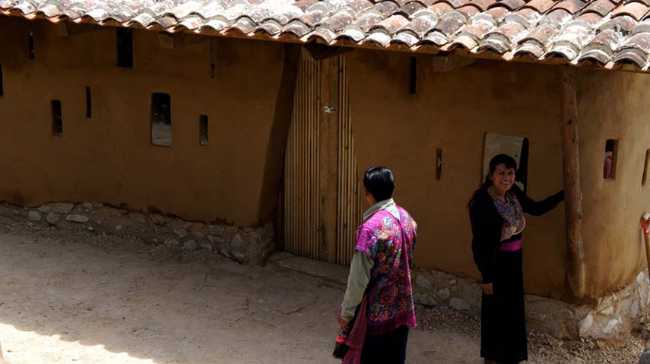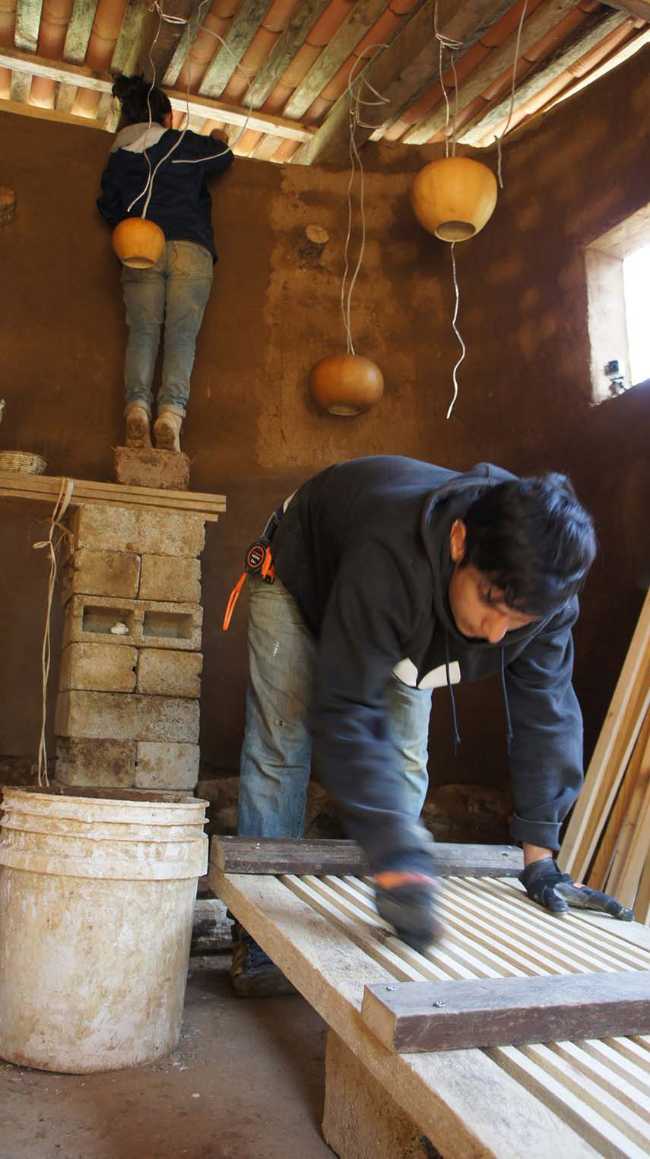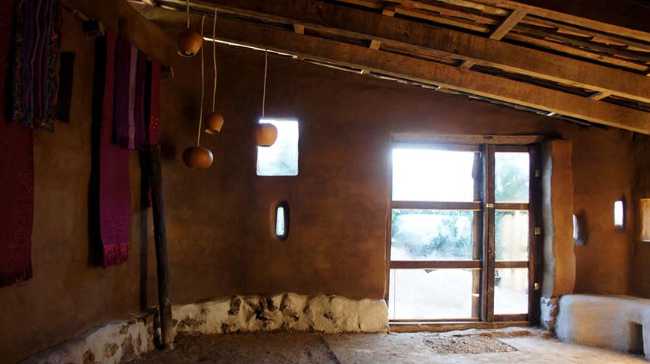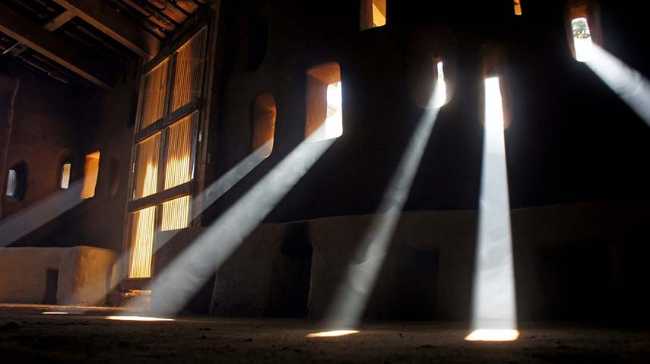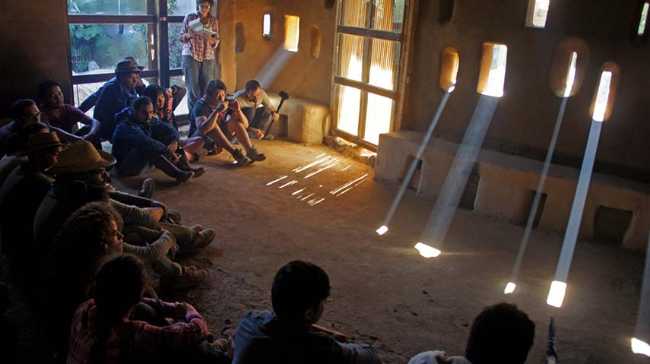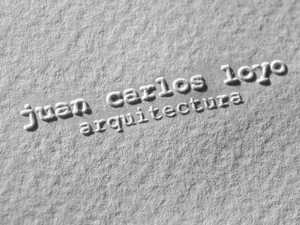The Cooperative "Mujeres Sembrando la Vida" (Women Sowing Life) consists of 250 artisan women who revive the traditional loom work and Tzotzil embroideries from Zinacantán, in Chiapas. The building previously available to the community was a very degraded construction made of adobe (a mixture of clay, sand, and straw dried in the shade), tiles, and wood, measuring 33m2 and used for various activities
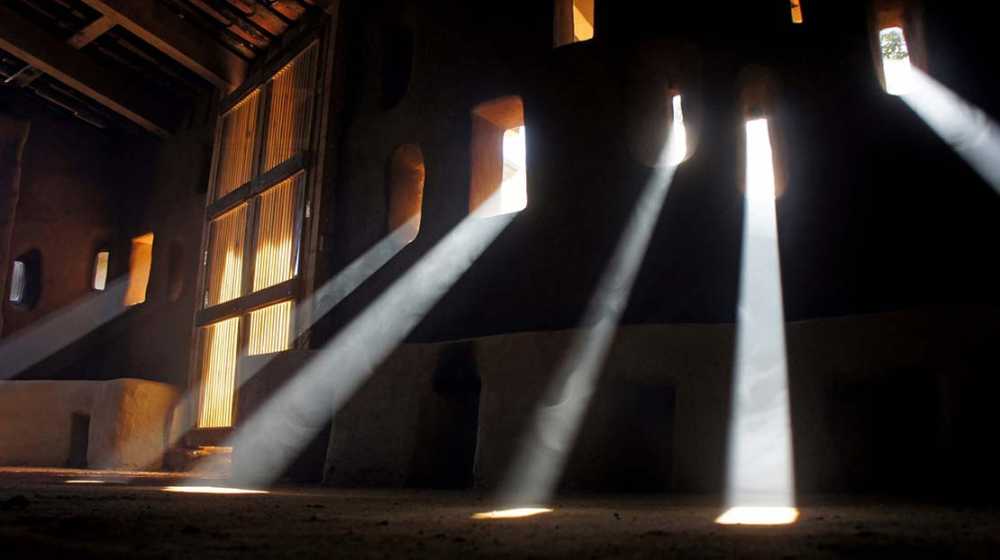
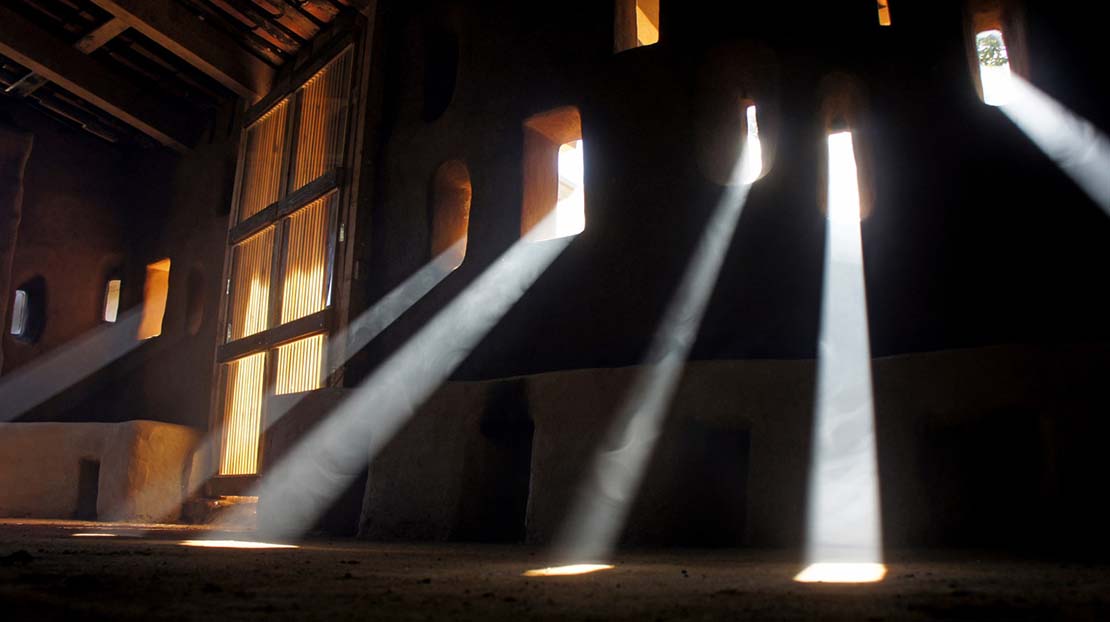
New kitchen-laboratory building for the Cooperative Mujeres Sembrando la Vida: a participatory and sustainable design
The VACA Program, responsible for the new kitchen-laboratory building for the Cooperative Mujeres Sembrando la Vida, is a community-based and sustainable construction project designed to combat housing poverty in rural areas and indigenous territories through a participatory and inclusive design
- #America
- #Mexico
- #Architectures
- #New construction
- #Building recovery
- #Culture and Services
- #Cultural center
- #Multipurpose center
- #Wood
- #Land
- #Building extension
- #Architecture
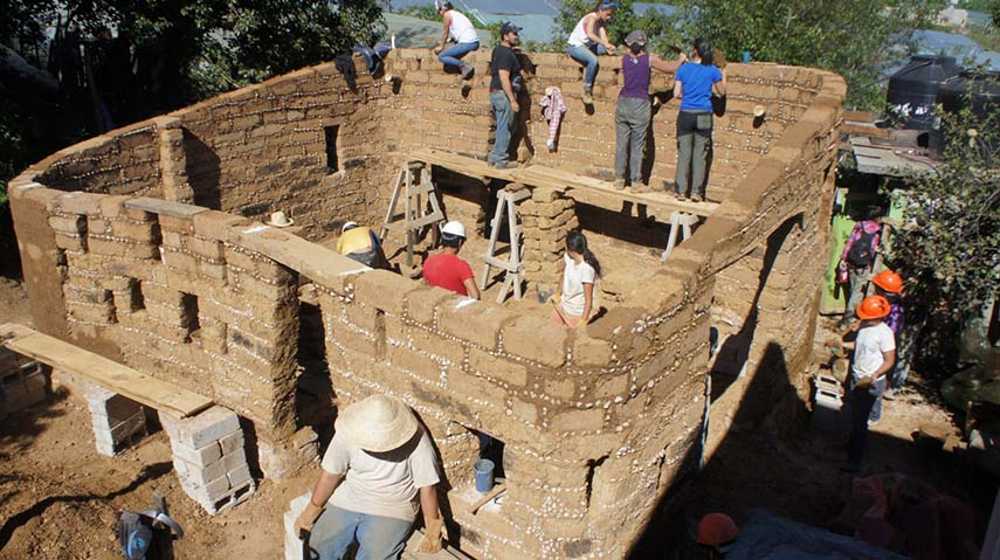
The design for the new kitchen-laboratory building for the Cooperative Mujeres Sembrando la Vida, led by architect Juan Carlos Loyo, involves a newer, larger, and taller structure that can accommodate various laboratory activities like weaving, cooking, tourist reception, and breakfast for the community school. This design also provides better conditions for lighting, ventilation, and flow distribution. All components of the existing building, which was in severe degradation, were repurposed for the new one. The materials used for the expansion are local and handmade
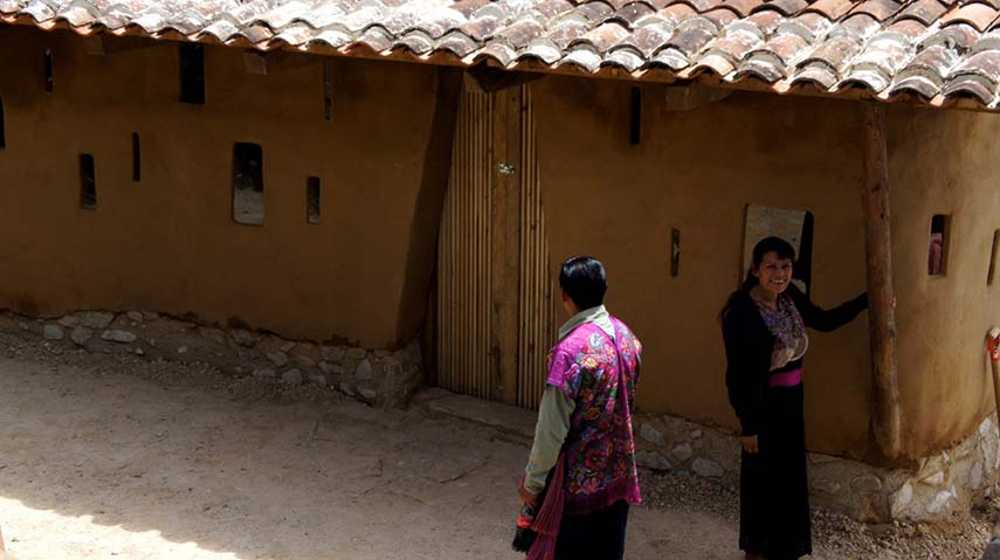
A stone foundation was established, with load-bearing adobe walls, finished with earth and lime, as well as wooden roofing and handmade tiles. No cement or reinforcing steel was used for any of the construction elements: the entire building was built using vernacular techniques. The whole community pitched in to construct every part of the building. This allowed everyone to have a comprehensive understanding of its materiality, its care and maintenance requirements, and the opportunity to apply the learned methods in constructing other buildings
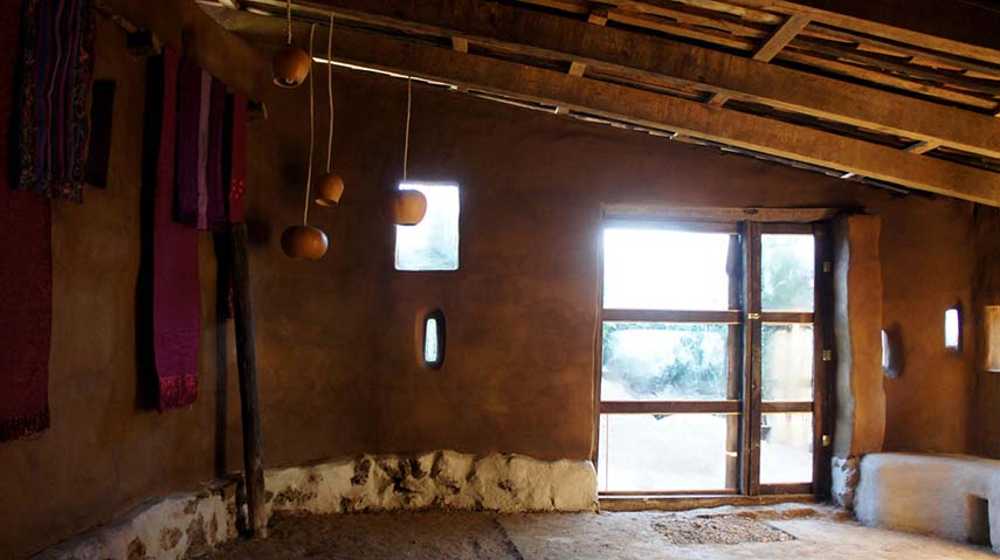
Gallery
Photo credits
Top image, content and gallery images: Programa VACA
Designers credits
Programa VACA
Arq. Juan Carlos Loyo
Companies credits
Colaboradores: Teresa Morán Serván, Alejandra Jiménez Domínguez, Sara Márquez

